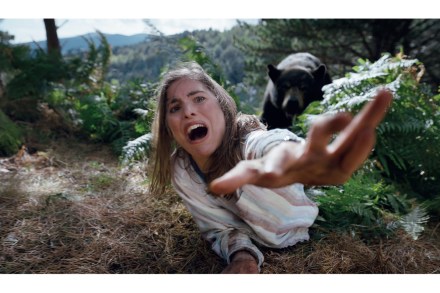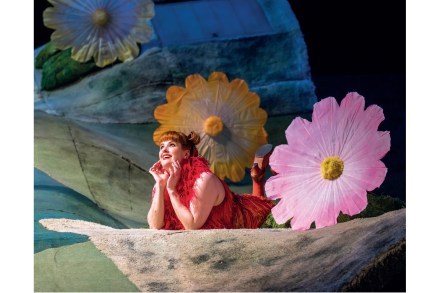Thoroughly unsettling, never simplistic: Mike Nelson – Extinction Beckons, at the Hayward Gallery, reviewed
You enter through the gift shop. Mike Nelson has turned the Hayward Gallery upside down and back to front for his survey exhibition, Extinction Beckons. ‘It’s been a very intensive four weeks,’ says an assistant putting the finishing touches to the multi-room installation ‘The Deliverance and The Patience’ (2001) when I visit two days before the opening. Lit by one of Nelson’s signature red lights, even the green sign reading ‘FIRE EXIT’ makes me nervous Having the place to myself feels like having sole occupancy of the haunted house at the fair. This is less of a house, though, more a warren of passages and poky rooms bearing unsettling signs





















